By Qian Ding, CCTV.com editor
Ningxia Hui Autonomous Region, located in northwest China, is one of the smallest provinces in the country. Nevertheless, it has plenty of travel resources. The desert-like region features a diverse geography of mountains, hills, plains and basins. Yellow River flows through the northern part of the area and supports the local agriculture, therefore, the autonomous region is also praised as "Oasis on the Loess highland."
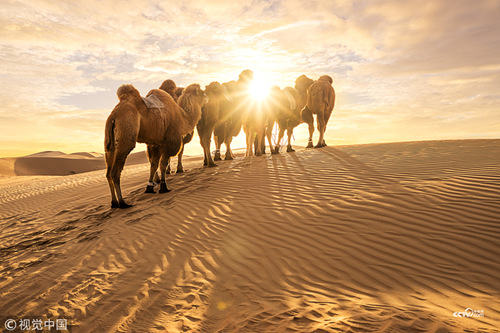
Here are top 5 places to visit in Ningxia!
Shapotou Scenic Area
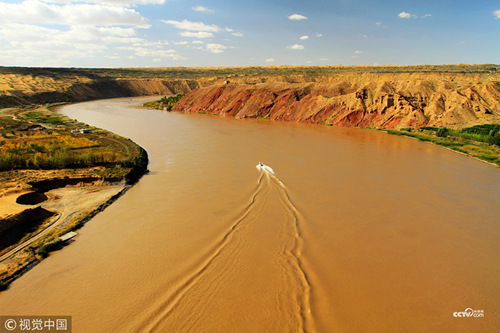
In 1956, the world-renowned Shapotou Desert Experimental Research Station was founded in Shapotou to battle the desertification of the region. Later amusement facilities and activities including sand slide, Yellow River drift, desert museum and others were developed to form today's Shapotou Scenic Area. It is China’s first national desert ecological nature reserve and well-known among Chinese tourists.
Sand Lake
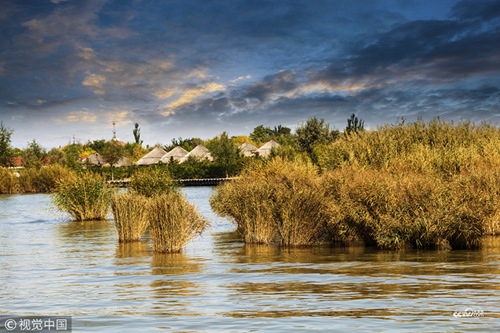
The desert and lake lie beside each other. Due to its unique and beautiful natural landscape, Sand Lake has been selected as one of the 35 best scenic spots in the country. It receives about 600,000 tourists annually and has become a well-known tourist hot spot in northwest China.
Western Xia Imperial Tombs
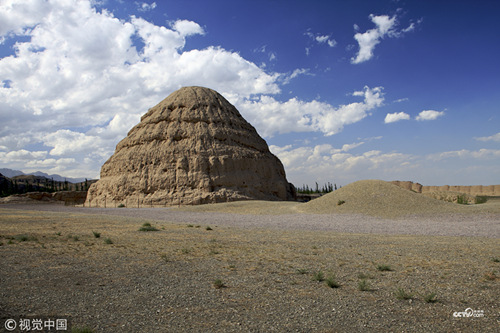
The Western Xia Imperial Tombs are royal mausoleums of the emperors in the Western Xia Dynasty (also known as Tangut Empire, 1038-1227). As one of the few large cultural heritages of nomadic nations in Eurasia, it has very unique values, which includes nine imperial mausoleums and 250 tombs of imperial relatives and officials. The empire was founded by Tangut ethnic group and conquered by Mongols under Genghis Khan.
Shuidonggou site
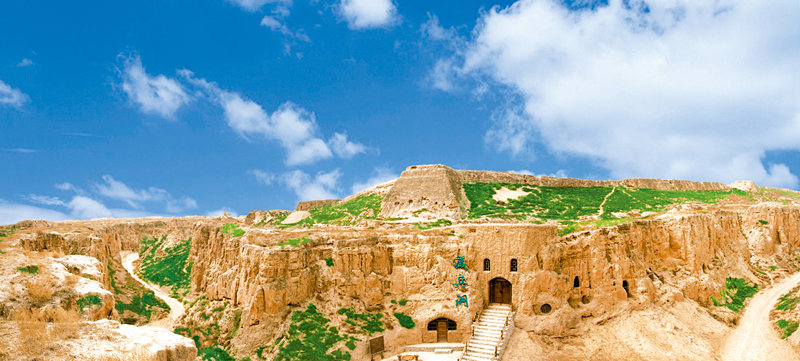
photo from Shuidonggou official page
The site is known as the "Birthplace of Prehistoric Archaeology in China" and it is one of the earliest excavated site of the Old Stone Age in the country, with over 10,000 pieces of stoneware discovered at the site.
Rock Art of Helan Mountain
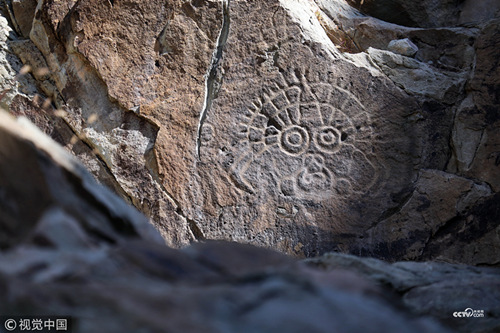
Over 6,000 engravings including figures of human, animals and symbols have been documented at Helan Mountain. The engravings were produced between 3,000 to 10,000 years ago. The meaning of the engravings still remain obscure. Now Helan Mountain Rock Art is a major historical and cultural site protected at the national level and it is a window to understand world’s early civilization.
(The opinions expressed here do not necessarily reflect the opinions of Panview or CCTV.com. )

Panview offers a new window of understanding the world as well as China through the views, opinions, and analysis of experts. We also welcome outside submissions, so feel free to send in your own editorials to "globalopinion@vip.cntv.cn" for consideration.
















